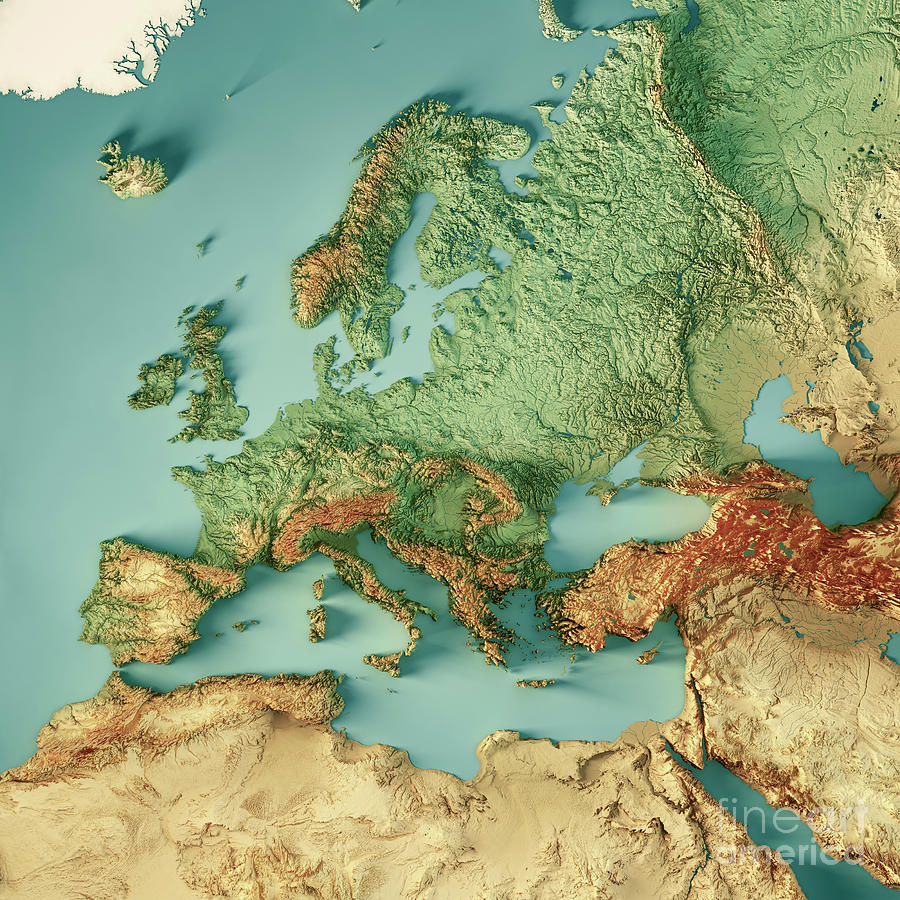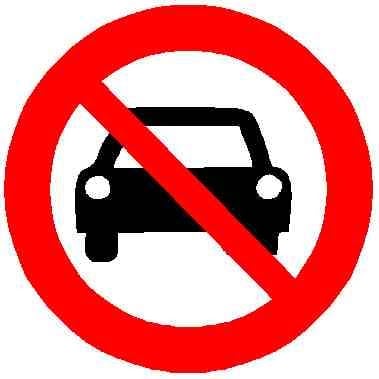

Yes true but the range of how far train can be preferable above plane can be expanded if network better run on a European level and some big strategic investments (not that different from what France did in the 80’s and 90’s) on quite a few very often travelled routes. Amsterdam-Berlin is an easy example, but there are many like that. Currently on many routes the plane>train is like ~300 km, while on many that could become 600-700km with either high speed tracks or more sleeper train options or better connections. On some big routes the train>plane is up to 700-800 km already.


















I get your drift and there are definitely routes where that will always be the case. You can’t run trains from central or eastern Europe to Portugal competitively with airplanes, never. Same goes for islands like Malta, Corsica etc. But an important part of the equation is still also how heavily travelled a route is, and somewhat if that is year round the case or mainly (short) seasonal demand. Airplanes are more like busses, it’s easy to shift them around to meet a seasonal demand. But trains move a lot more people at once. A TGV can transport up to 550-600 people at once, 2 trains coupled that’s more than 1000 people at once. The ICE4 gets to above 800 people at once. Most main aircraft types are 250-300 people capacity. The flight itself is fast, but the entire travel often is not, because the train brings you to a city center while many airports are 20 or more km outside the cities and because of regulations (the airports are way stricter controlled) causing long waiting times. And the main reason of all, even if the airplane is faster and always will be: the climate impact. Tho railway is for sure not zero impact, airplanes according to most stuff I’ve read is still way way worse impact so making trains more attractive on year-round very often travelled medium distance routes still pays off. It should, for example, not be okay that the airplane is faster and cheaper between Amsterdam and Berlin. Yeah, it’s a bit more than 600 km, but it is a very often travelled route, year round, the geography and population density in between is very fit for high speed, the amount of stops in between could be very manageable (4 or 5), while it connects 2 very big population centers. But because of lack of investment on such a main route, it currently takes 6 hours by train. By airplane including check-in, security, being there early, etc it’s like 3,5 hours. It’s a really fine example of where train could become a lot more competitive with strategic investments with in the end a lower climate impact and lower dependency on imported fossil fuels (large electric planes are still a pipedream for now). Speed isn’t everything, it’s on many routes also just the lack of coordination between different national railways’ schedules making it a headache by train currently.